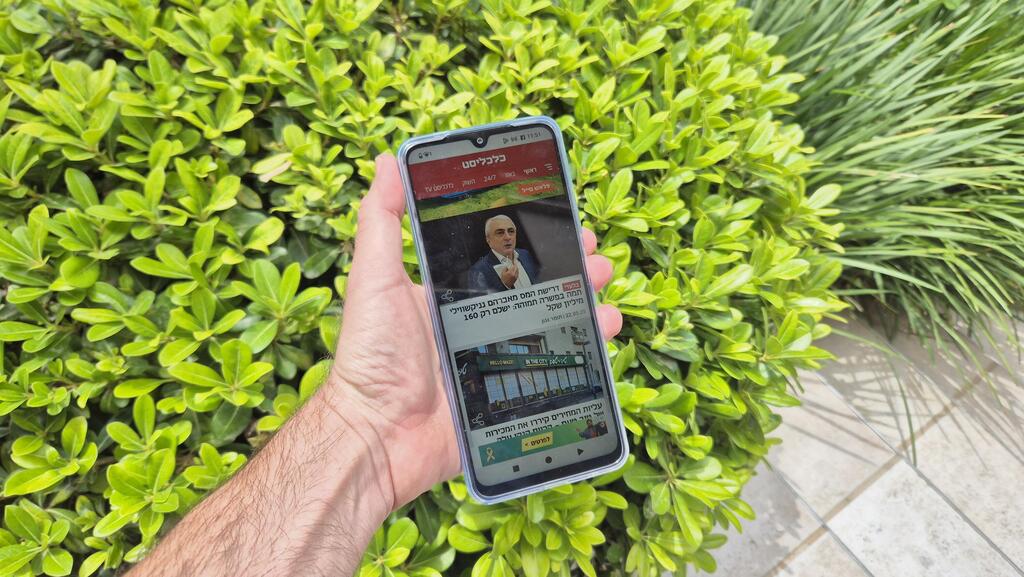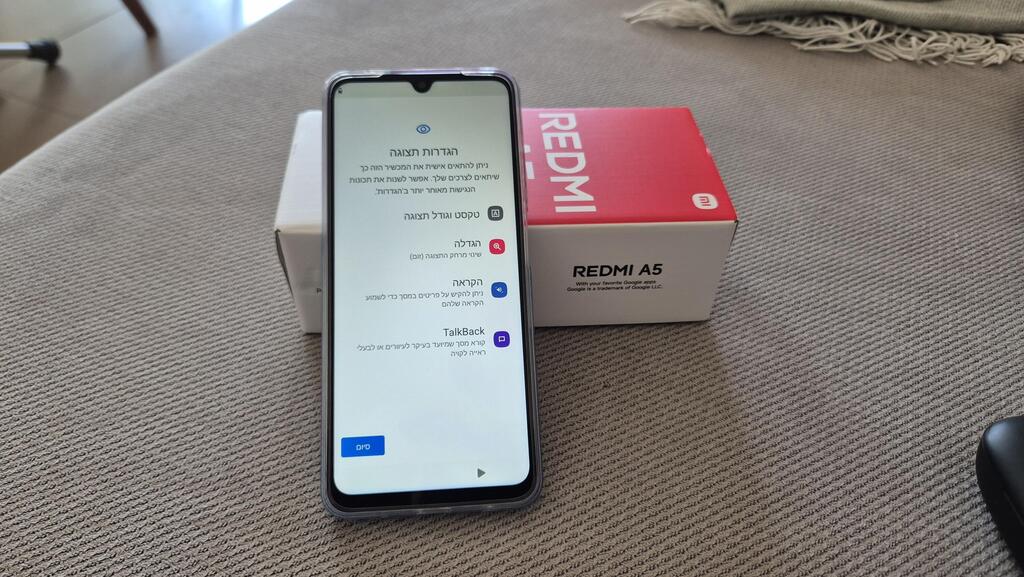It’s hard to set high expectations for such an inexpensive device, so there’s not much room for disappointment. The Redmi A5, in the configuration reviewed, costs about $115. There’s also a lower-end model with only 64GB of storage, priced at $100.
The device has its share of flaws: a screen that’s slightly dim and pale (improved somewhat with brightness adjustments), sluggish performance, and a lack of support for fast browsing both indoors and outdoors. On the plus side, the camera performs decently, the device runs a lightweight and up-to-date version of Android, and it’s mercifully free of bloatware.
The key is targeting the right audience. This is a smartphone for users who need a basic, functional device, albeit a bit slow, with a full-day battery and a large, if low-quality, display. Anyone expecting more will need to spend at least two to three times more to get it.
Details: What Can You Expect for $100?
Who is this $100 smartphone really for? I initially assumed it would be a good starter phone for kids. While children might still prefer a higher-quality iPhone or Android (even if it’s an older model), a budget phone like this can soften the blow if it’s lost or damaged.
But after using the device, I realized it’s likely aimed at the opposite end of the age spectrum – grandparents. That changed my perspective on how to evaluate what it offers at this price point.
Design: Big, Bulky – and Surprisingly Light
The Redmi A5 is a very large phone, sporting a 6.88-inch screen, comparable to the Galaxy S25 Ultra or iPhone 16 Pro Max. It’s pocket-filling and hard to operate one-handed. Despite its size, it weighs only 193 grams, likely due to the plastic back.
The screen is flat, bordered by a thin black frame typical of budget phones. The selfie camera is drop-notched into the top edge. Physical buttons for power and volume are on the right; on the left is a dual-SIM + microSD tray. At the bottom, you’ll find the charging port and, yes, a headphone jack. Two rear camera lenses protrude slightly, accompanied by a small flash.
The plastic is noticeable, but the phone feels sturdy. Xiaomi doesn’t disclose the type of screen glass used, but it’s rated IP52 for minimal dust and water protection. Importantly, some retailers note that the device isn’t covered for damage from dust, liquid, or corrosion. A basic silicone case is included in the box.
Hardware: Cheap Specs, Modest Performance
Given the low expectations, performance is acceptable. The A5 runs on a Unisoc T7250 processor, my first encounter with this entry-level chip. The review unit came with 4GB RAM (plus 2GB of virtual memory by default) and 128GB of storage. RAM can be adjusted up to 4GB via storage.
It functions well for basic tasks but lags when loading apps or games. The screen offers muted colors and lacks brightness even indoors. Auto-brightness often needs manual tweaking. Outdoor visibility is passable but not ideal.
The single top speaker is loud enough but average in quality. Still, there are positives: Bluetooth and WiFi, a fingerprint sensor in the power button, face unlock, and a 5,200 mAh battery. On the downside: no eSIM or NFC, no 5G, no WiFi 6. Xiaomi includes a 15W charger, which fills the battery from 15% to 50% in 45 minutes and takes nearly two hours for a full charge. A full day’s use per charge is feasible.
Also missing: Xiaomi’s usual IR remote app. But there’s an FM radio that works when wired headphones are plugged in (they double as an antenna).
Software: Stripped Down, Straightforward Android
The A5 runs Android 15 (Go edition) with Xiaomi’s MIUI interface. Anyone familiar with Android will feel right at home: three-button navigation, standard app drawer, notification panel with shortcuts, and basic customization.
The Go edition is optimized for low-spec phones, taking up less memory and storage. The settings menu is streamlined, but still offers decent control.
Xiaomi showed restraint here, it didn’t preload the phone with unnecessary apps. Some third-party apps are present (Facebook, LinkedIn, Booking, TikTok), but it’s far more minimalist than other models.
One clue that this phone may target older users: during setup, a “Display Settings” menu appeared offering large fonts, screen reader options, and other accessibility features. Even after skipping that menu, font and number sizes were still noticeably large, likely due to the oversized screen.
Unsurprisingly, there are no AI features to speak of. The standard Google app suite is present, but Gemini isn’t included.
Camera: Modest But Adequate
The selfie camera has an 8MP sensor. On the back are two lenses, a 32MP primary camera and a 2MP depth sensor. Xiaomi claims the camera includes AI features for photo enhancement and facial recognition unlock.
Photo results are reasonable for this price point, especially in good lighting. There’s an Ultra HD mode, but it doesn’t differ much from standard mode.
Despite AI claims, the camera doesn’t automatically switch to night mode. You can enable it manually, though the results are hit-or-miss, some noise, slight blurring, and the need for steady hands. Even so, it outperforms expectations for a sub-$120 phone.












